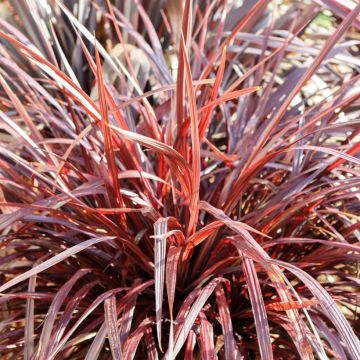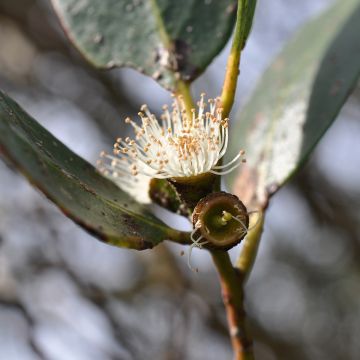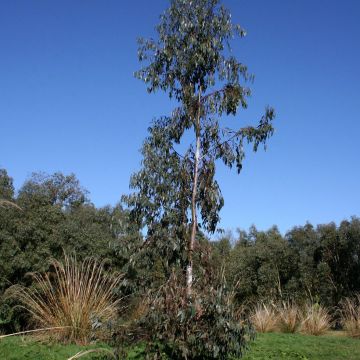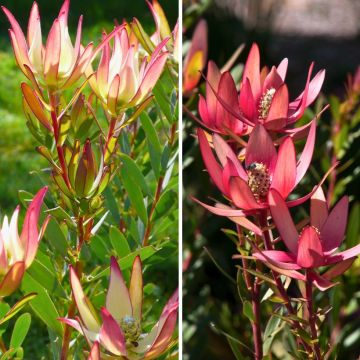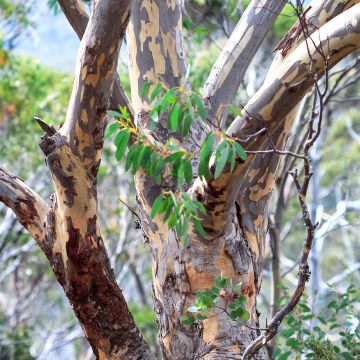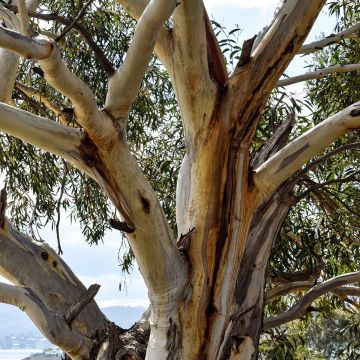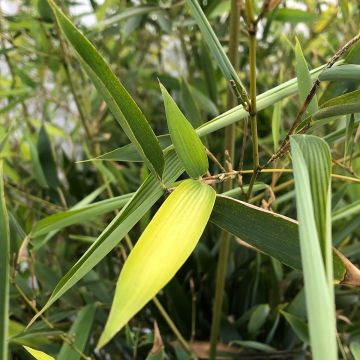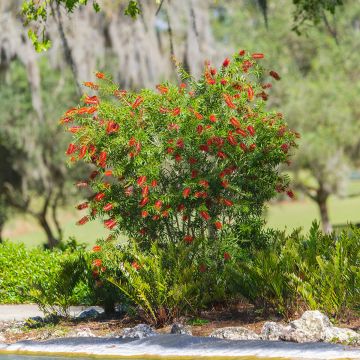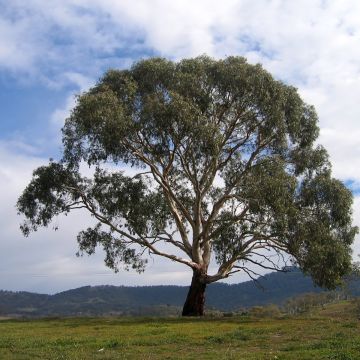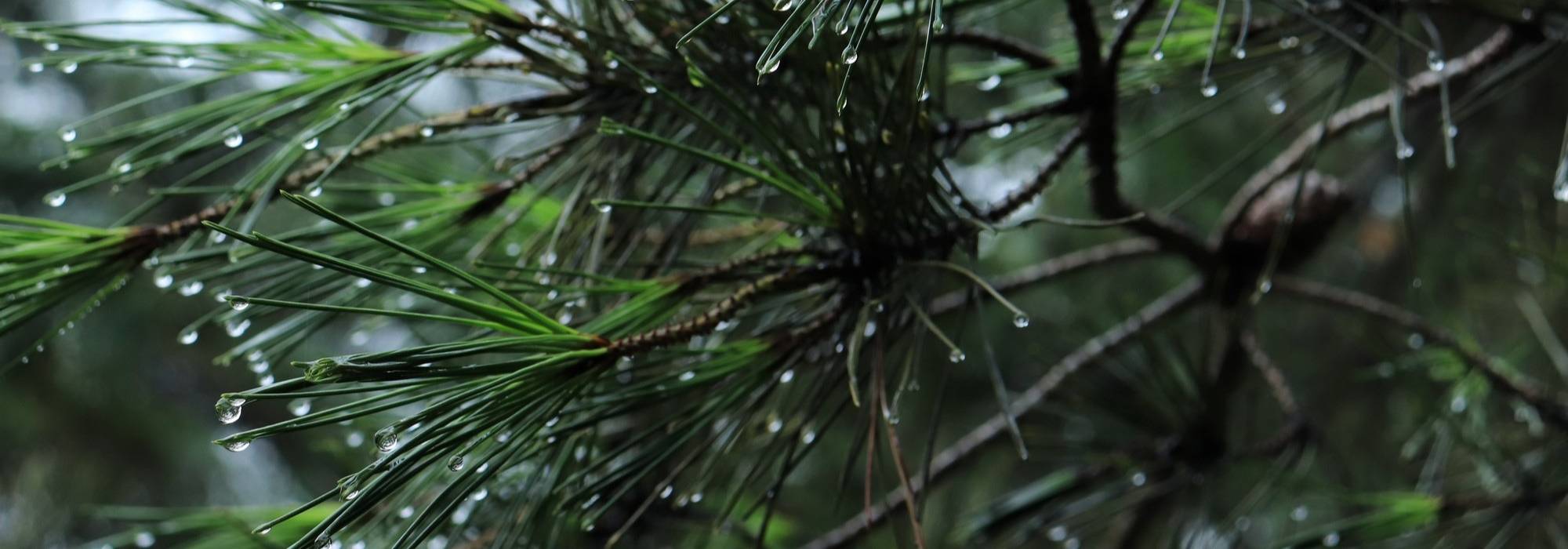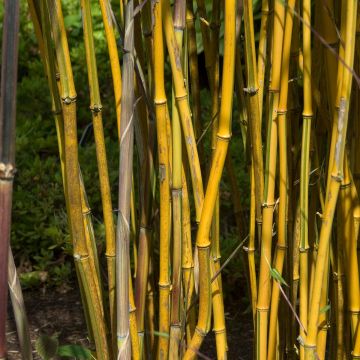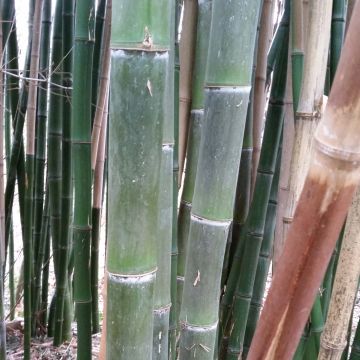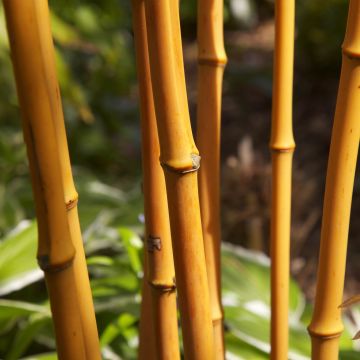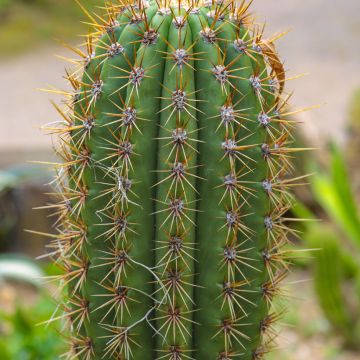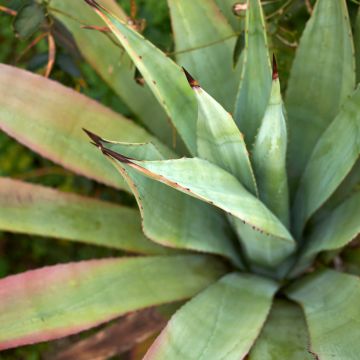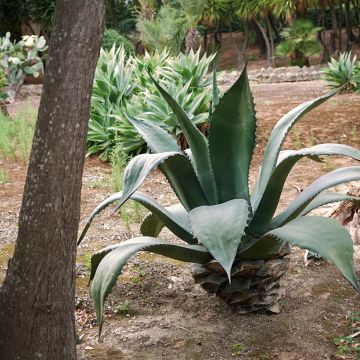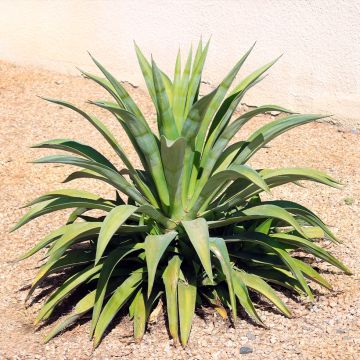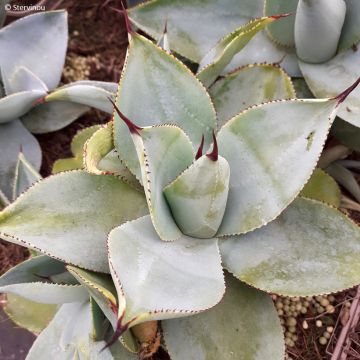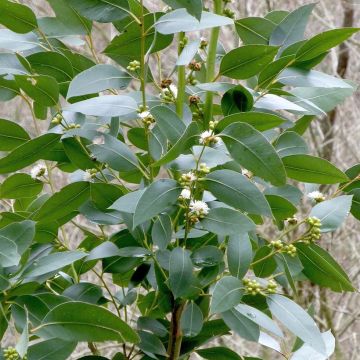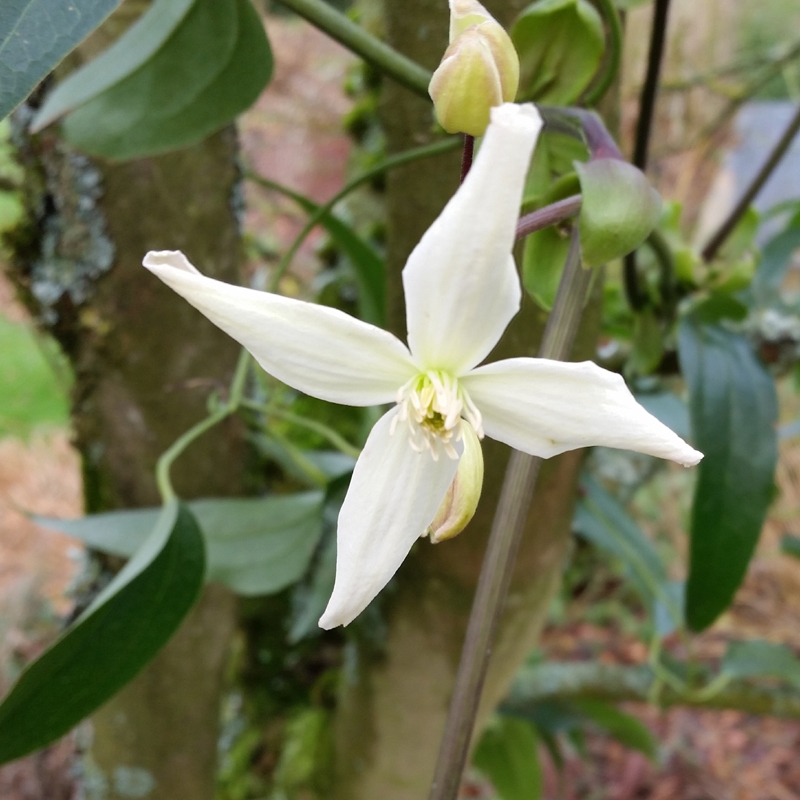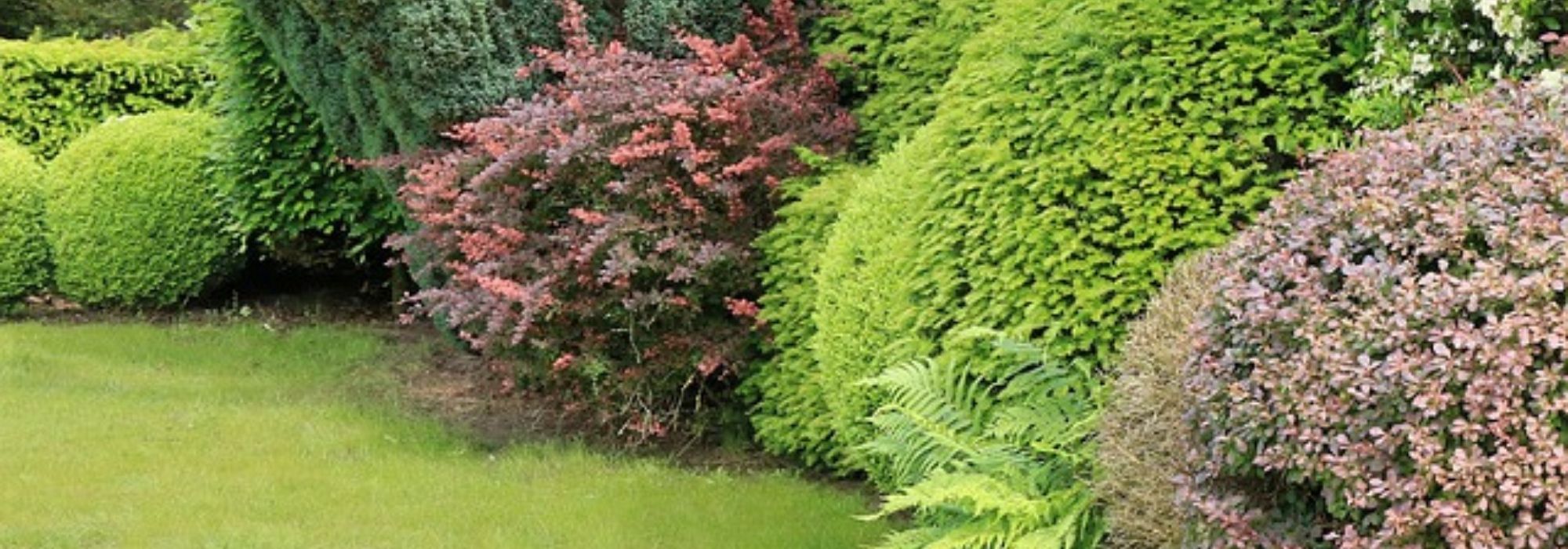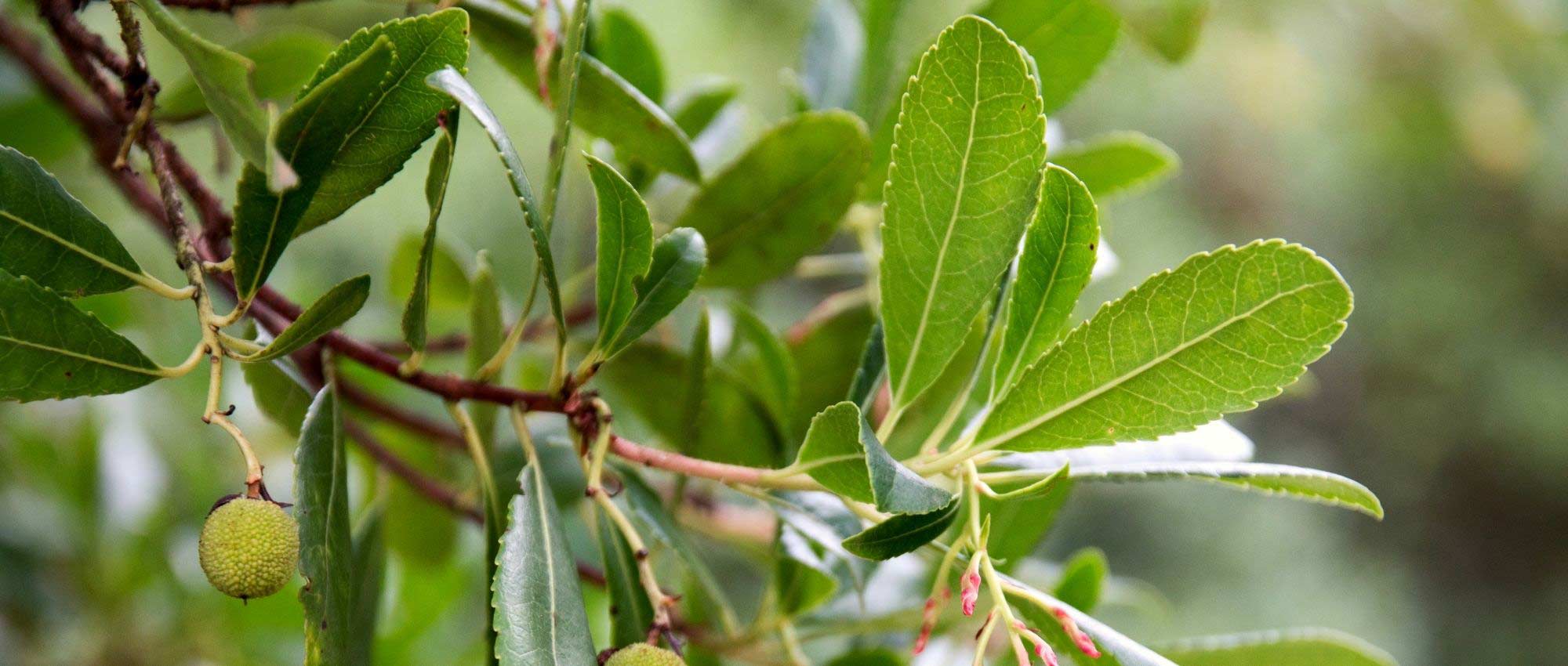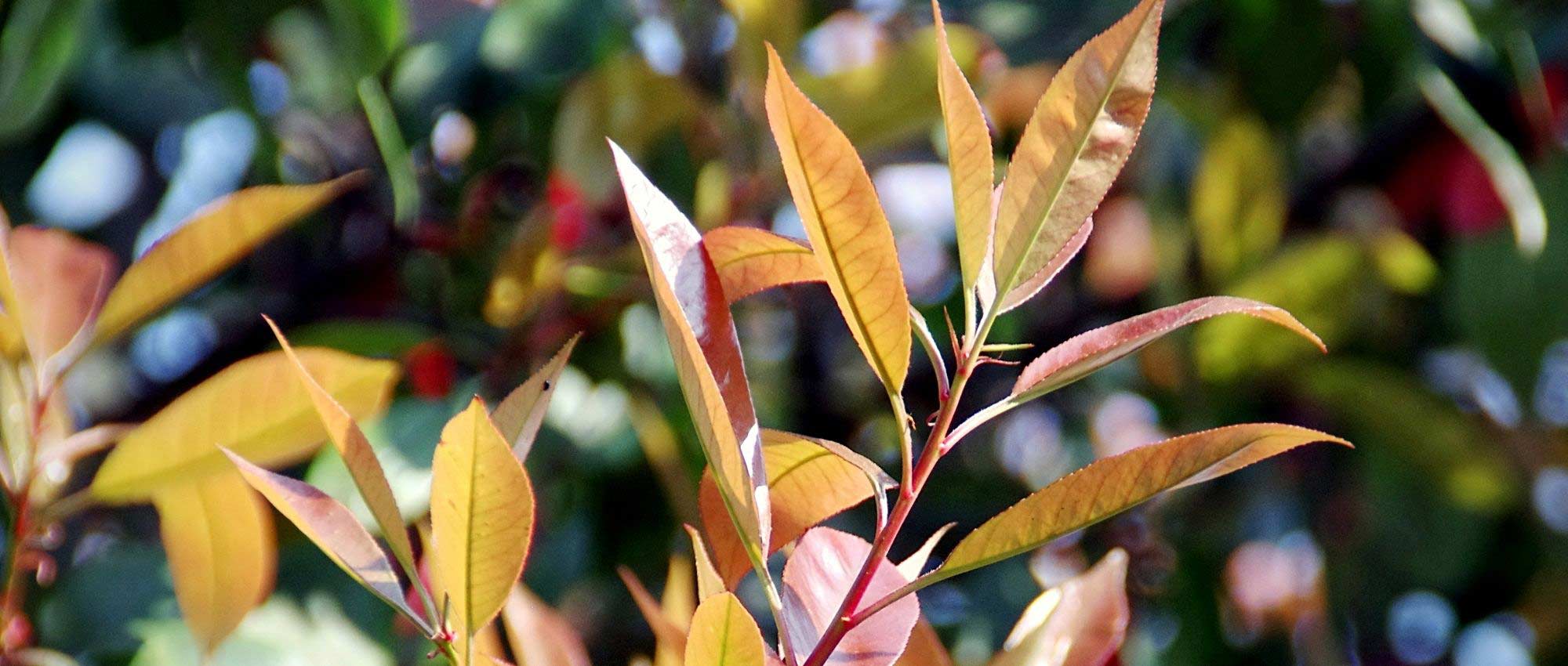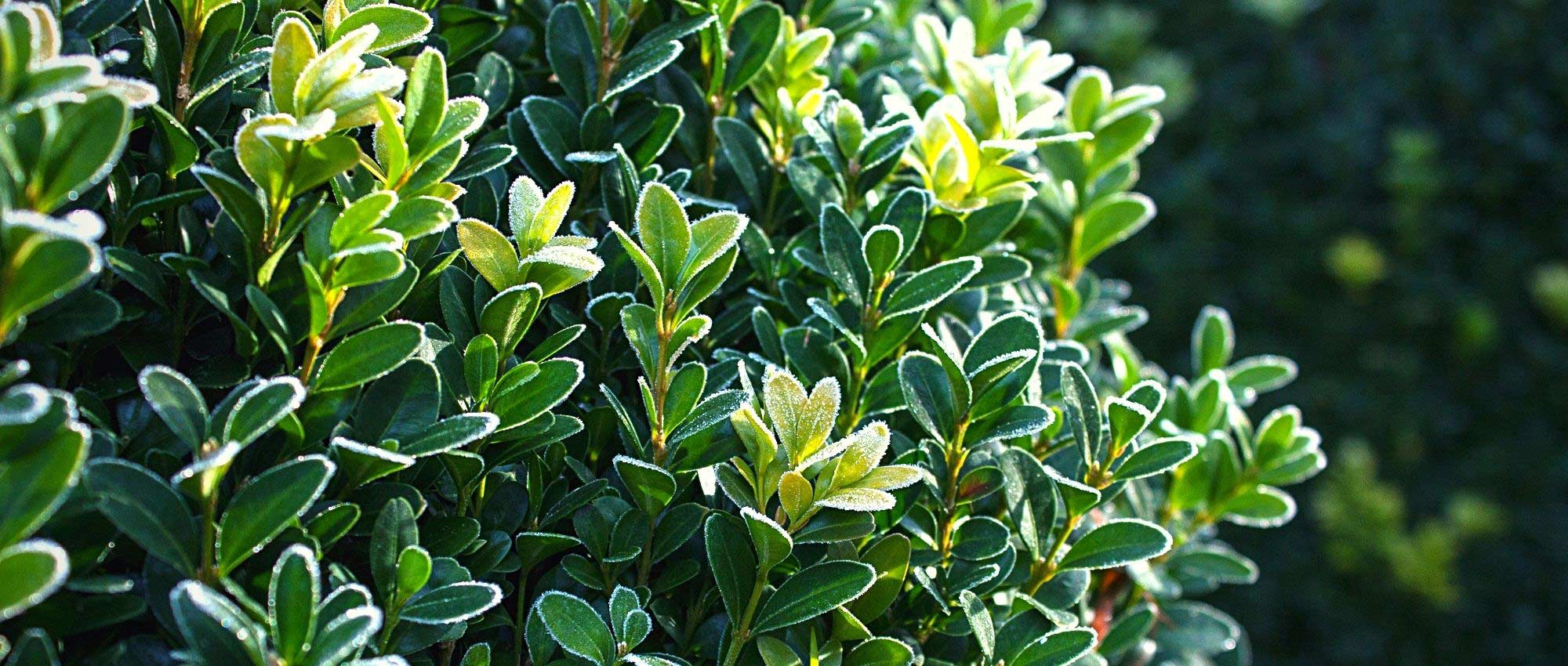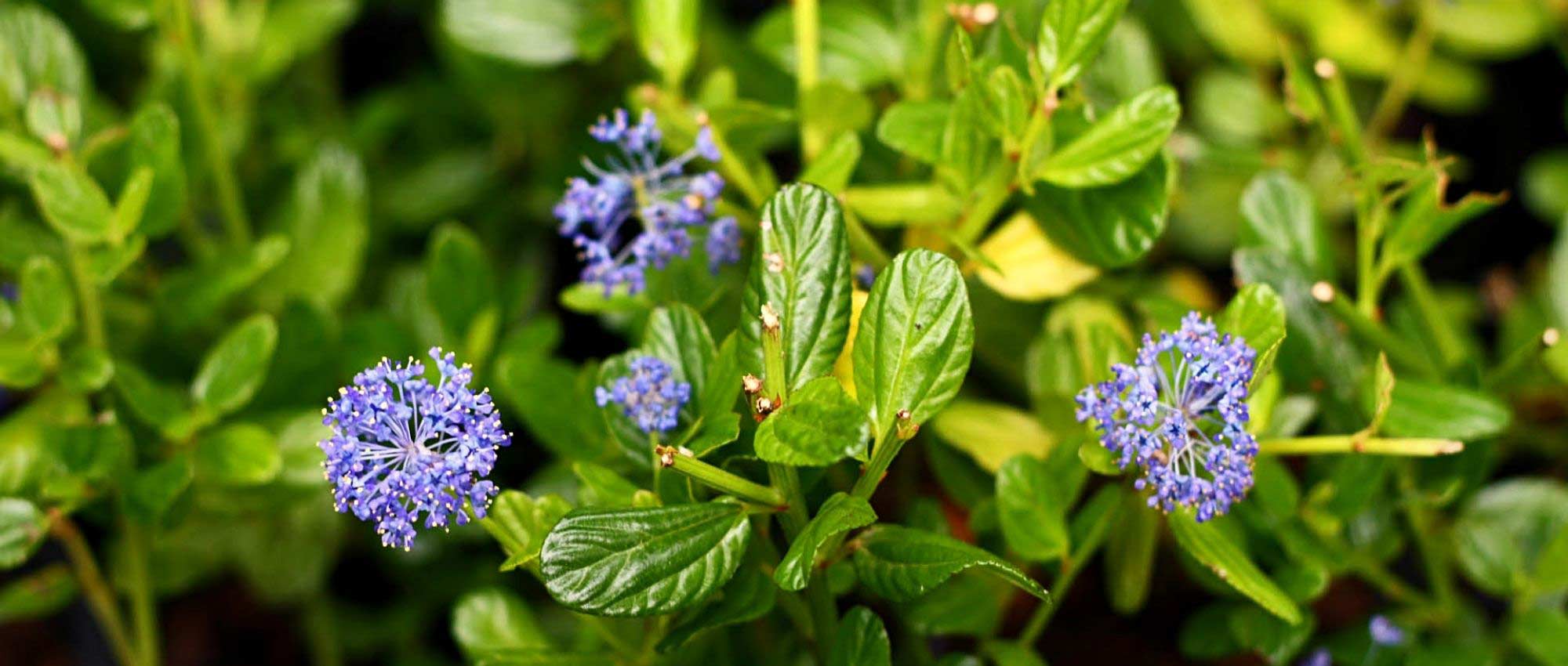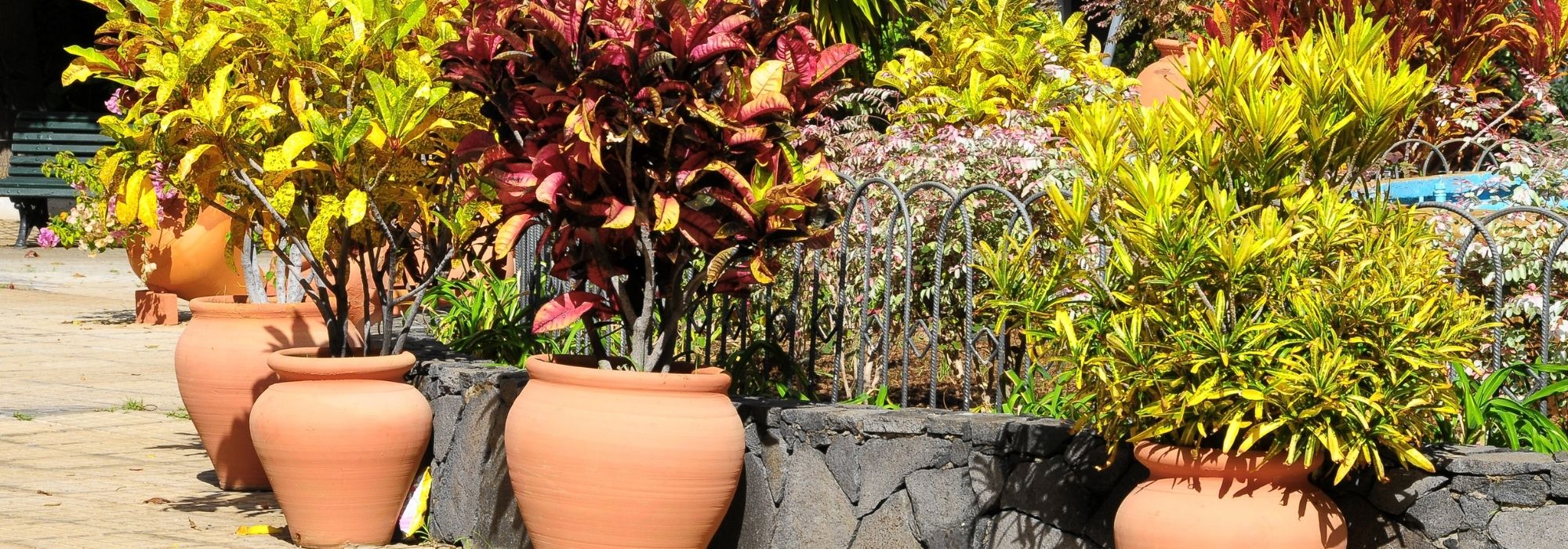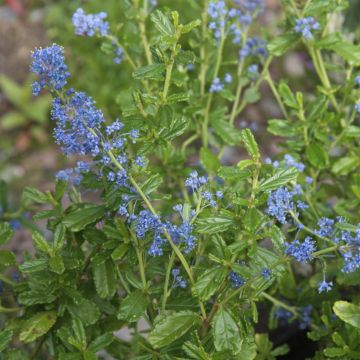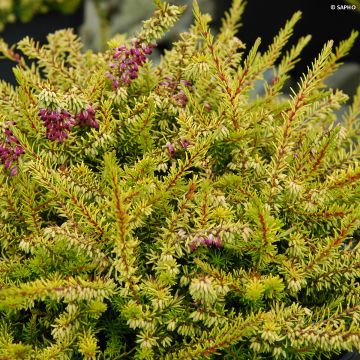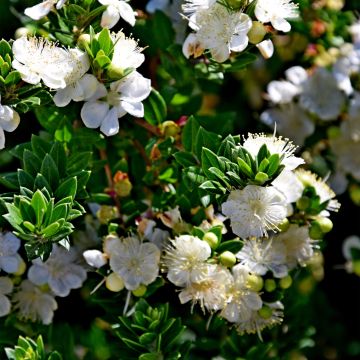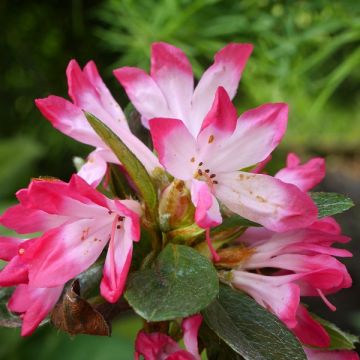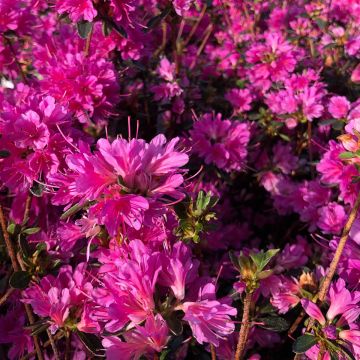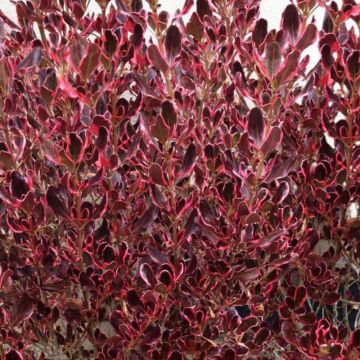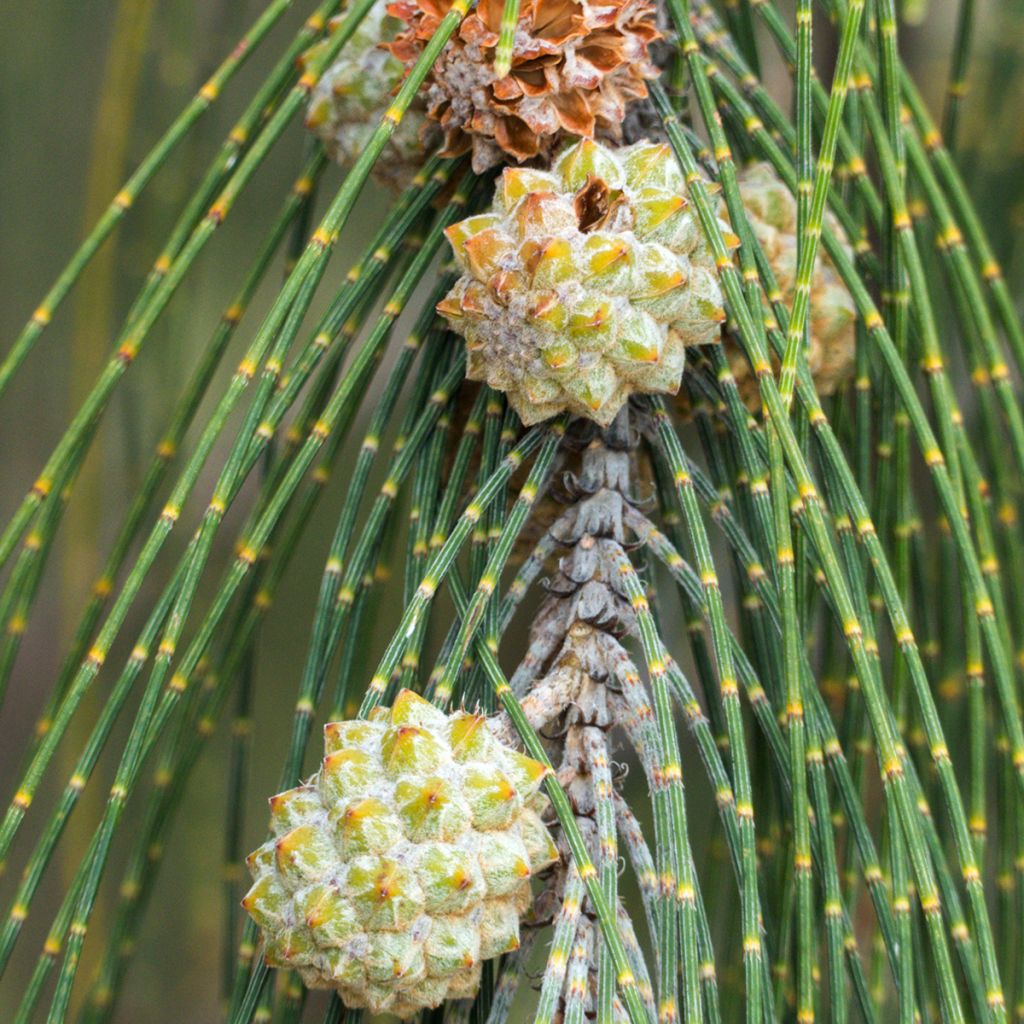

Casuarina equisetifolia - Filao, Pin australien
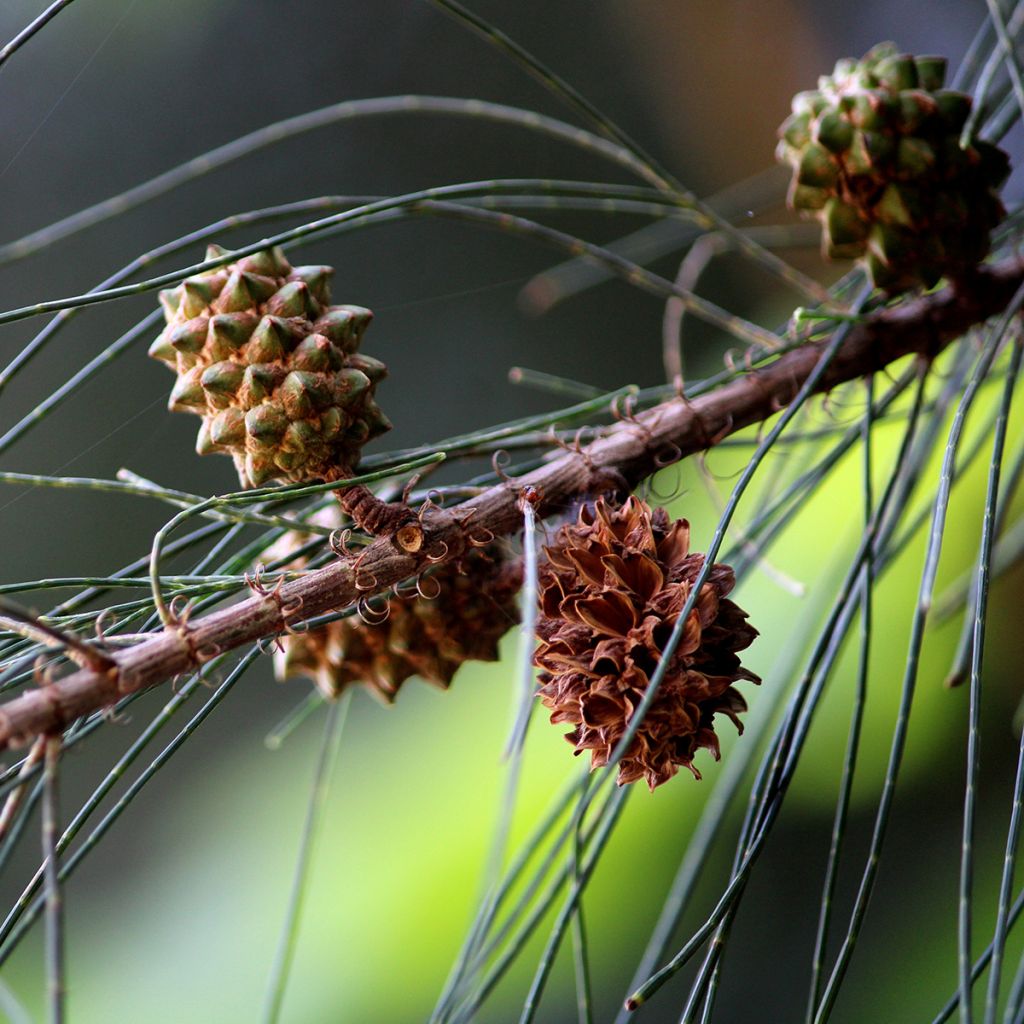

Casuarina equisetifolia - Filao, Pin australien
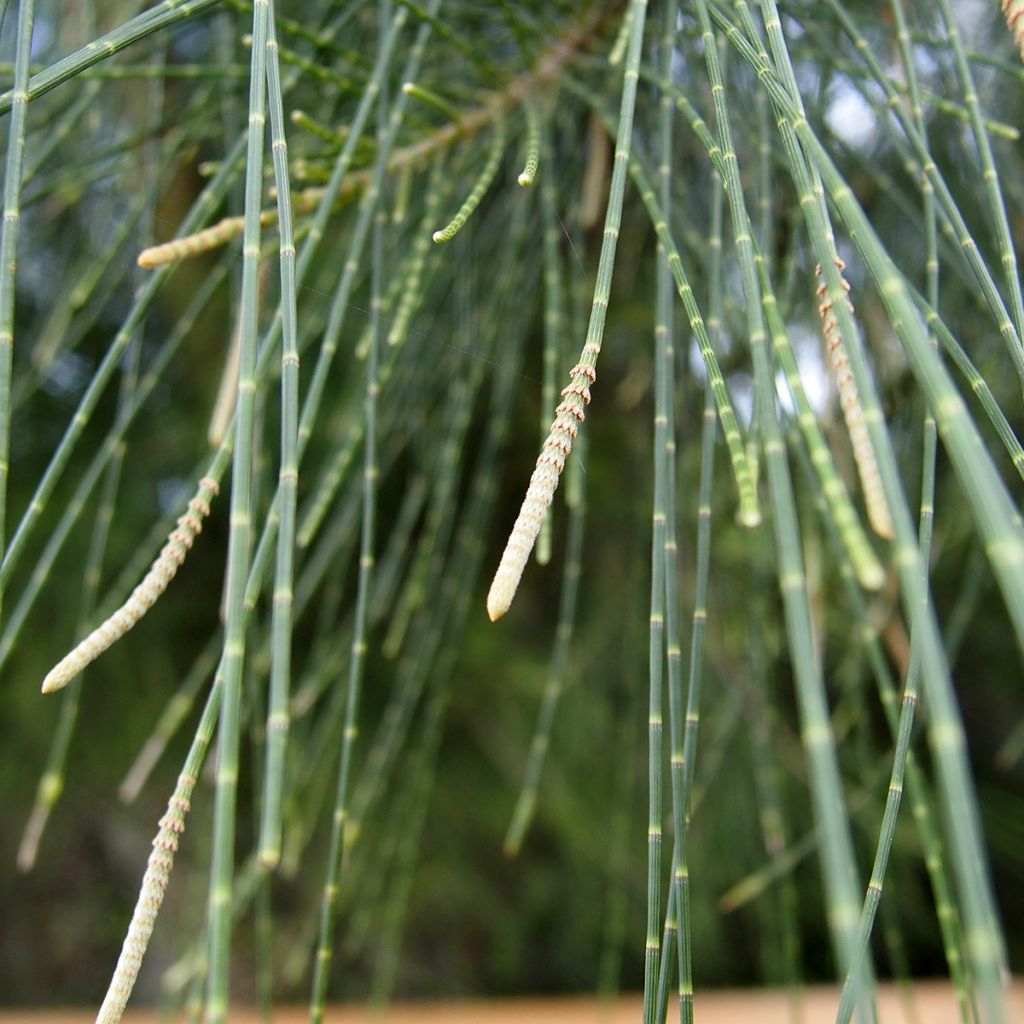

Casuarina equisetifolia - Filao, Pin australien
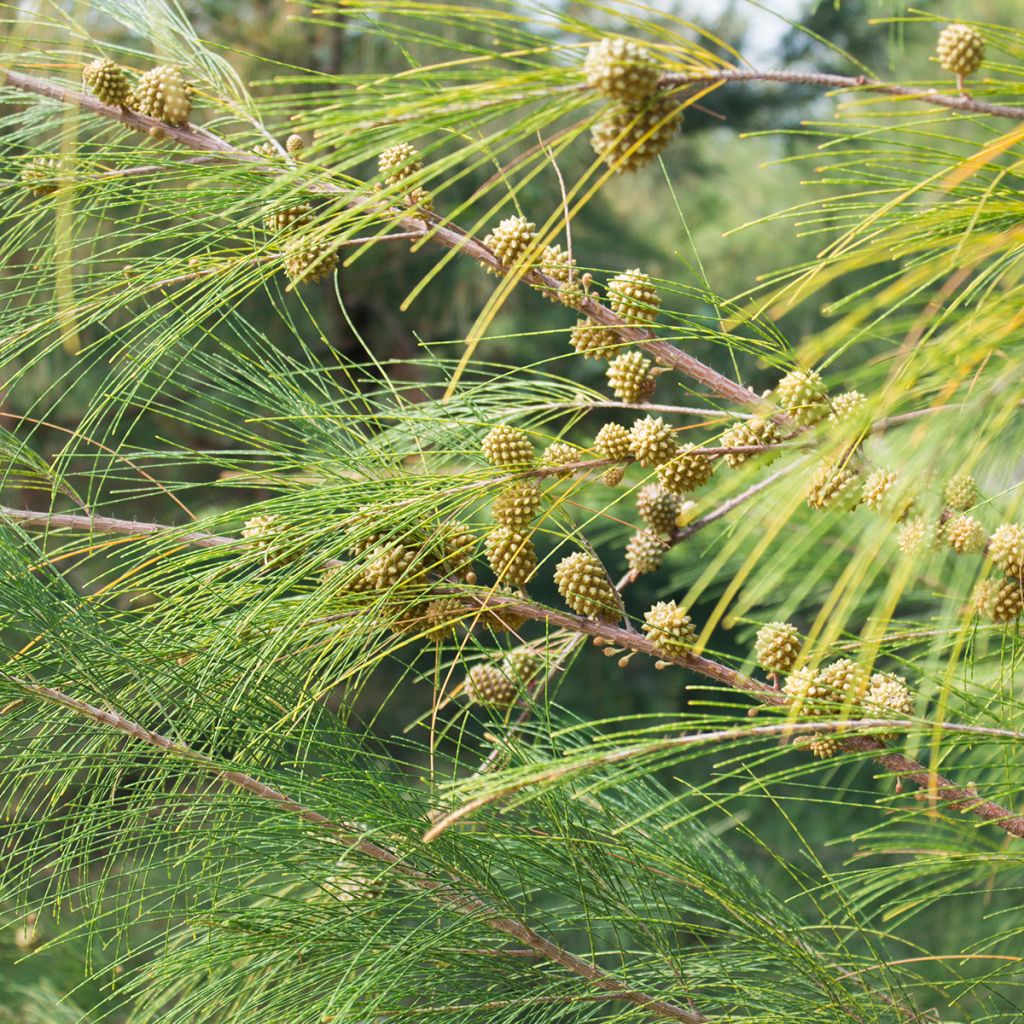

Casuarina equisetifolia - Filao, Pin australien
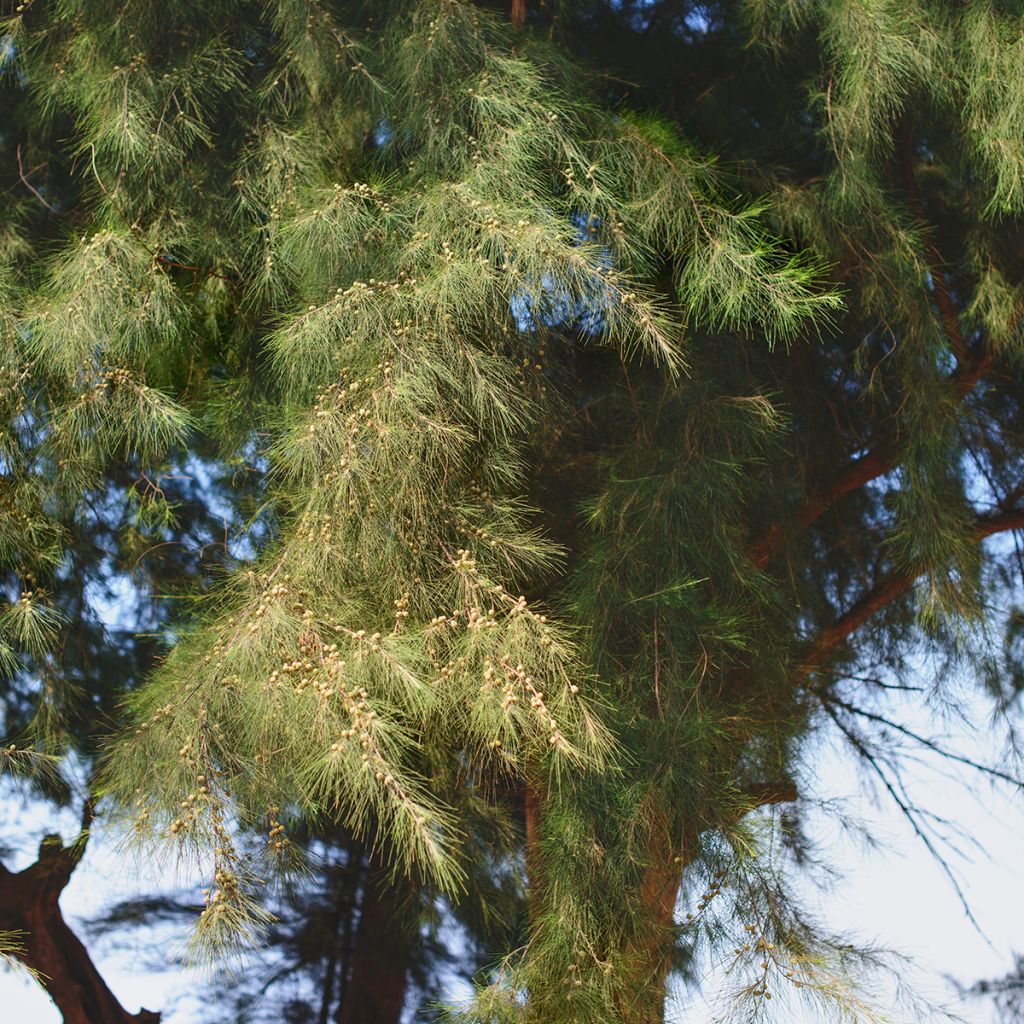

Casuarina equisetifolia - Filao, Pin australien
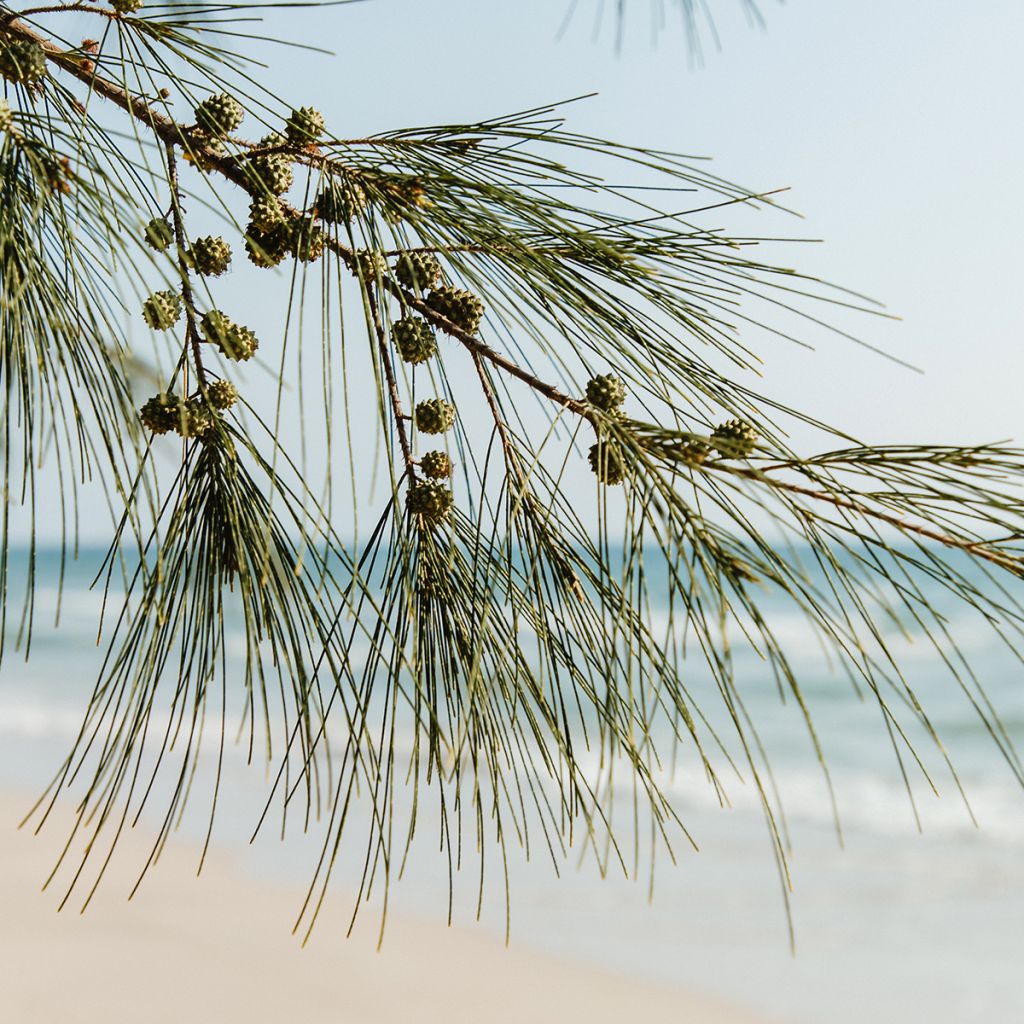

Casuarina equisetifolia - Filao, Pin australien
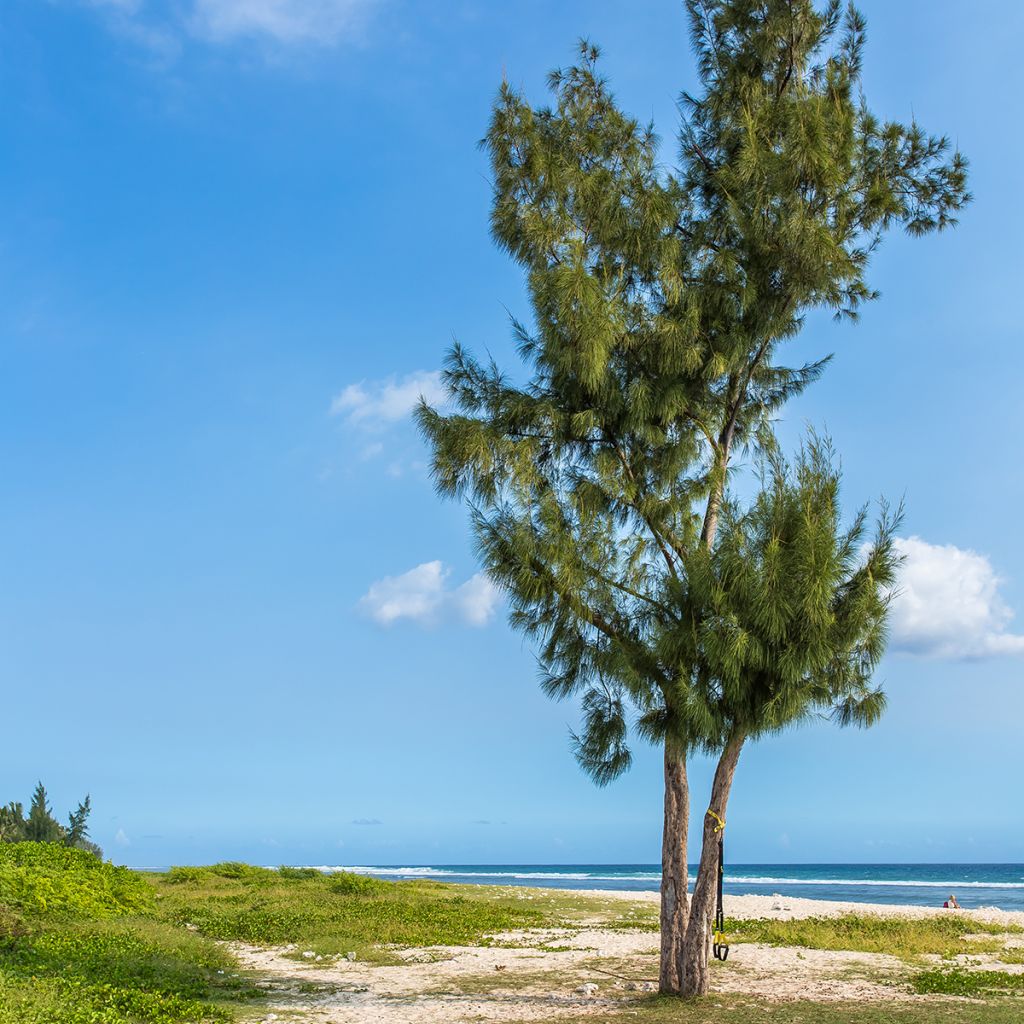

Casuarina equisetifolia - Filao, Pin australien
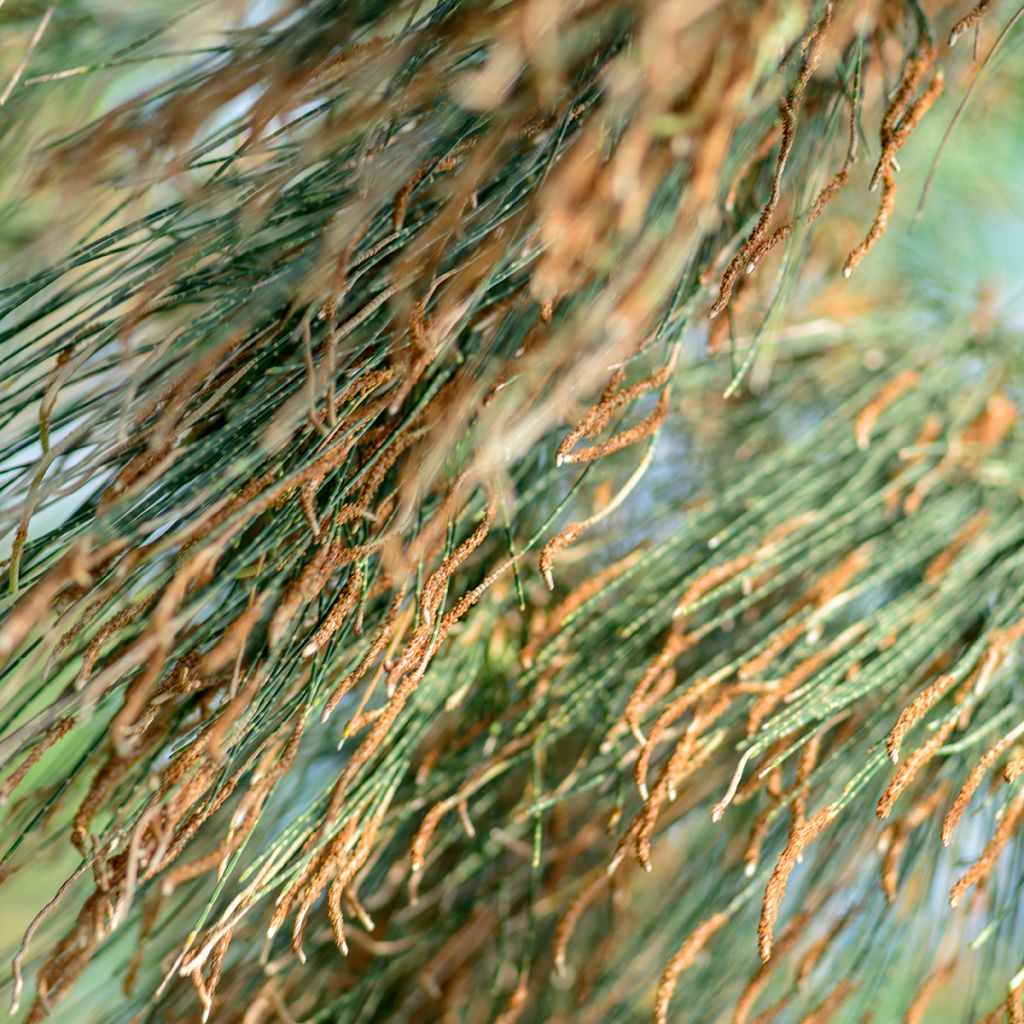

Casuarina equisetifolia - Filao, Pin australien
Casuarina equisetifolia
Casuarina equisetifolia
Australian Pine
Special offer!
Receive a €20 voucher for any order over €90 (excluding delivery costs, credit notes, and plastic-free options)!
1- Add your favorite plants to your cart.
2- Once you have reached €90, confirm your order (you can even choose the delivery date!).
3- As soon as your order is shipped, you will receive an email containing your voucher code, valid for 3 months (90 days).
Your voucher is unique and can only be used once, for any order with a minimum value of €20, excluding delivery costs.
Can be combined with other current offers, non-divisible and non-refundable.
Why not try an alternative variety in stock?
View all →This plant carries a 24 months recovery warranty
More information
We guarantee the quality of our plants for a full growing cycle, and will replace at our expense any plant that fails to recover under normal climatic and planting conditions.
Would this plant suit my garden?
Set up your Plantfit profile →
Description
Casuarina equisetifolia is a tree native to Australia and Southeast Asia particularly suited to coastal areas, due to its resistance to wind and sea spray. With extremely rapid growth, it forms a tall, slender tree, with a grey trunk, and fine branches, which from a distance resemble certain Pines. Not very hardy, it only tolerates winters in the warmest areas. Capable of growing in most well-drained soils, even sandy soils, it proves very resistant to drought once well-rooted. Its architectural silhouette is truly aesthetic in southern gardens.
The Casuarina belongs to the fairly obscure family of the Casuarinaceae, which only includes 4 genera of trees or bushes with a Horsetail-like appearance (scientific name: Equisetum). C. equisetifolia is a medium to large-sized tree with very fine foliage resembling Horsetail stems. It is native to Southeast Asia (Malaysia, Vietnam, Thailand, the Philippines...), the Maldives, and Australia, where it often grows by the seaside, on beaches. Despite its very rapid growth, it forms a very hard wood, called ironwood, used as firewood or charcoal by local populations. In these countries, it can reach heights of up to 35 m (114 ft 10 in).
In our climates the height reaches between 12 and 18 m, mainly because it always runs the risk of freezing during exceptional winters. However, this should not discourage planting it, as its growth is exceptionally fast. Regularly watered at the beginning, it can grow up to 1.50 m (4 ft 11 in) per year during the first 3 or 4 years of planting! It forms a trunk with a dark grey, decorative bark, which then divides into a few large main branches carrying the typical smaller branches. These branches are made up of extremely thin segments (only 2 mm (0.1 in) thick and up to 9 mm (0.4 in) long), nested within each other. The leaves are completely shrunk, reduced to simple tiny scales (1 mm (0 in)), grouped in whorls of 4 at each branch joint. What is thought to be the foliage is actually made up of the tree's stems. Their fineness gives it a very light appearance, reminiscent of certain conifers, hence its common name of Australian Pine.
This physiological characteristic gives it a truly elegant habit, with an erect yet semi-weeping aspect, as the flexible branches cascade downwards at their tips. It is generally twice as tall as it is wide, but its appearance can be quite varied. The branches take on a somewhat dull, greyish green, but this does not detract from the overall beauty of the plant. Its architectural silhouette is recognizable and instantly brings an exotic touch to the garden. The spring flowering is relatively insignificant, consisting of male flowers that turn cream to brown, and reddish female flowers. The brown-green fruits have the shape of small pine cones and contain small winged seeds, dispersed by the wind.
The Australian Pine grows in soils of various chemical compositions, its roots contain nodules capable of fixing nitrogen from the air thanks to bacteria (like Legumes), making it a pioneer plant. It is also capable of growing in sand close to the ocean, trapping salt in its "leaves" which then fall to the ground. They then form a litter that prevents the growth of other plants. Capable of growing in very poor sandy soil, it also withstands wind and sea spray. It can tolerate very severe pruning. In conclusion, it only dislikes frost, which can cause its death from -5°C (23 °F) to -7°C (19.4 °F).
Symbolic of tropical beaches, the Casuarina leaves its typical silhouette on the landscapes of warm countries. In warm gardens it can be associated with other tender plants to create an incredibly exotic scene. The Syagrus romanzoffiana, a palm tree resembling a coconut palm with its slender and gracefully curved fronds, will perfectly set the ambiance. The pink pompoms of the Calliandra surinamensis, which bloom all summer will also beautifully accompany these evocative plants.
Casuarina equisetifolia in pictures
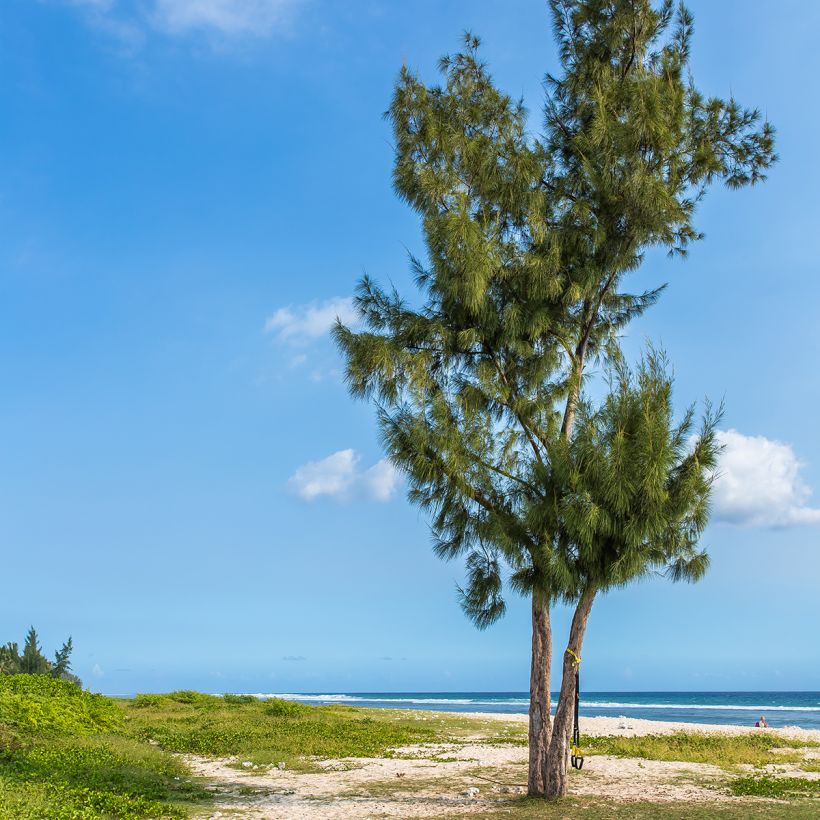

Plant habit
Foliage
Botanical data
Casuarina
equisetifolia
Casuarinaceae
Australian Pine
Australia
Other Exotic evergreen shrubs
View all →Planting and care
Casuarina is best planted in spring so that it has time to develop its root system before winter. It is a less than hardy tree that can only be planted in the mildest areas as it freezes from around -7°C (19.4 °F) (in 1985, almost all the plants froze on the French Riviera). Apart from this cold sensitivity, it is a resilient tree, adapting to all types of soil, even poor, sandy or salty soil, by the seaside. The wind does not harm it much.
It simply needs to be planted in the sun and regularly watered for the first two years. It will then outgrow any other tree (including Mimosa and Eucalyptus) in terms of growth speed. Once well-rooted, it requires no care.
It is important to plant it far from drains, septic tanks or any other source of moisture, as its very fine roots will manage to infiltrate even the smallest crevice, making it difficult to remove, because its roots are as hard as its wood.
Planting period
Intended location
Care
Planting & care advice
This item has not been reviewed yet - be the first to leave a review about it.
Similar products
Haven't found what you were looking for?
Hardiness is the lowest winter temperature a plant can endure without suffering serious damage or even dying. However, hardiness is affected by location (a sheltered area, such as a patio), protection (winter cover) and soil type (hardiness is improved by well-drained soil).

Photo Sharing Terms & Conditions
In order to encourage gardeners to interact and share their experiences, Promesse de fleurs offers various media enabling content to be uploaded onto its Site - in particular via the ‘Photo sharing’ module.
The User agrees to refrain from:
- Posting any content that is illegal, prejudicial, insulting, racist, inciteful to hatred, revisionist, contrary to public decency, that infringes on privacy or on the privacy rights of third parties, in particular the publicity rights of persons and goods, intellectual property rights, or the right to privacy.
- Submitting content on behalf of a third party;
- Impersonate the identity of a third party and/or publish any personal information about a third party;
In general, the User undertakes to refrain from any unethical behaviour.
All Content (in particular text, comments, files, images, photos, videos, creative works, etc.), which may be subject to property or intellectual property rights, image or other private rights, shall remain the property of the User, subject to the limited rights granted by the terms of the licence granted by Promesse de fleurs as stated below. Users are at liberty to publish or not to publish such Content on the Site, notably via the ‘Photo Sharing’ facility, and accept that this Content shall be made public and freely accessible, notably on the Internet.
Users further acknowledge, undertake to have ,and guarantee that they hold all necessary rights and permissions to publish such material on the Site, in particular with regard to the legislation in force pertaining to any privacy, property, intellectual property, image, or contractual rights, or rights of any other nature. By publishing such Content on the Site, Users acknowledge accepting full liability as publishers of the Content within the meaning of the law, and grant Promesse de fleurs, free of charge, an inclusive, worldwide licence for the said Content for the entire duration of its publication, including all reproduction, representation, up/downloading, displaying, performing, transmission, and storage rights.
Users also grant permission for their name to be linked to the Content and accept that this link may not always be made available.
By engaging in posting material, Users consent to their Content becoming automatically accessible on the Internet, in particular on other sites and/or blogs and/or web pages of the Promesse de fleurs site, including in particular social pages and the Promesse de fleurs catalogue.
Users may secure the removal of entrusted content free of charge by issuing a simple request via our contact form.
The flowering period indicated on our website applies to countries and regions located in USDA zone 8 (France, the United Kingdom, Ireland, the Netherlands, etc.)
It will vary according to where you live:
- In zones 9 to 10 (Italy, Spain, Greece, etc.), flowering will occur about 2 to 4 weeks earlier.
- In zones 6 to 7 (Germany, Poland, Slovenia, and lower mountainous regions), flowering will be delayed by 2 to 3 weeks.
- In zone 5 (Central Europe, Scandinavia), blooming will be delayed by 3 to 5 weeks.
In temperate climates, pruning of spring-flowering shrubs (forsythia, spireas, etc.) should be done just after flowering.
Pruning of summer-flowering shrubs (Indian Lilac, Perovskia, etc.) can be done in winter or spring.
In cold regions as well as with frost-sensitive plants, avoid pruning too early when severe frosts may still occur.
The planting period indicated on our website applies to countries and regions located in USDA zone 8 (France, United Kingdom, Ireland, Netherlands).
It will vary according to where you live:
- In Mediterranean zones (Marseille, Madrid, Milan, etc.), autumn and winter are the best planting periods.
- In continental zones (Strasbourg, Munich, Vienna, etc.), delay planting by 2 to 3 weeks in spring and bring it forward by 2 to 4 weeks in autumn.
- In mountainous regions (the Alps, Pyrenees, Carpathians, etc.), it is best to plant in late spring (May-June) or late summer (August-September).
The harvesting period indicated on our website applies to countries and regions in USDA zone 8 (France, England, Ireland, the Netherlands).
In colder areas (Scandinavia, Poland, Austria...) fruit and vegetable harvests are likely to be delayed by 3-4 weeks.
In warmer areas (Italy, Spain, Greece, etc.), harvesting will probably take place earlier, depending on weather conditions.
The sowing periods indicated on our website apply to countries and regions within USDA Zone 8 (France, UK, Ireland, Netherlands).
In colder areas (Scandinavia, Poland, Austria...), delay any outdoor sowing by 3-4 weeks, or sow under glass.
In warmer climes (Italy, Spain, Greece, etc.), bring outdoor sowing forward by a few weeks.






























